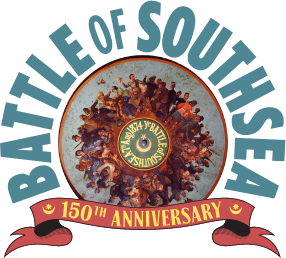The History
Learn the story of the battle of southsea
This four-day riot was triggered by the decision of the Portsmouth Corporation to bar the public from accessing Southsea Common, a move perceived as a precursor to private redevelopment. The locals vehemently opposed this decision, and their outrage led to widespread unrest. As tensions escalated, the situation took a particularly volatile turn. In response to the ban on public access, the people of Southsea ignited a series of protests and demonstrations. These actions included the burning of barriers placed to restrict access along the seafront between Clarence Pier and the adjacent assembly rooms, effectively blocking the route from Old Portsmouth.
The protests continued for several days, during which the situation grew increasingly confrontational. In an effort to maintain order and quell the unrest, law enforcement, and eventually the military, were summoned to the scene. This led to a notable historical moment: the last instance in which the Riot Act was read in Portsmouth. The Battle of Southsea ultimately resulted in a victory for the local populace. The Portsmouth Corporation was compelled to abandon its plans for private redevelopment, and Southsea Common was once again accessible to the public, reaffirming its status as common land. This event stands as a testament to the power of collective action and public protest in preserving cherished communal spaces.



